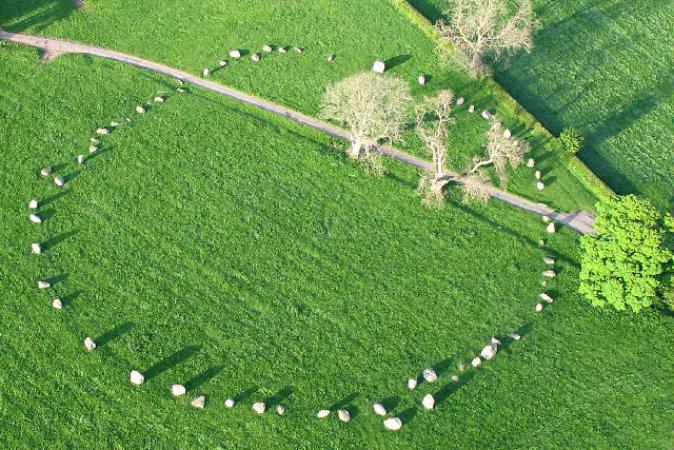More than a century ago, a small pamphlet was published titled “The Beale Papers,” which contained three cipher texts. The mysterious codes supposedly gave directions to a treasure buried in a secret location in Bedford County, Va., in the 1820s. The cryptic texts have captured the imagination and enthusiasm of avid cryptographers and treasure hunters ever since. However, despite numerous digs and countless attempts to crack the code, two out of the three ciphers remain undeciphered, and no treasure has ever been found.
According to the story set out in the 1885 pamphlet, an American man by the name of Thomas J. Beale came across a treasure consisting of gold, silver, and jewels, in a mine located to the north of Santa Fe. Beale and 30 fellow adventurers transported the hoard to Bedford County, where they buried it in a secure location. Beale then wrote three encoded letters: one giving the exact location of the treasure, a second giving its detailed description, and a third giving the names and contact information of the 30 partners. He placed them in an iron box and gave them to a trusted friend—the local innkeeper named Robert Morriss—before disappearing, never to be seen again.
The story goes that Beale instructed Morriss not to open the box unless he, or his partners, failed to return from a journey within 10 years. When Beale had not returned 23 years later, Morriss opened the box and was stunned and excited by what he read. He immediately began trying to decode the three ciphers, but after decades of attempts, he was no closer to solving the mystery. Before he died, Morriss gave the papers to an unnamed friend, and he too, spent decades working on the decryption of the messages.





